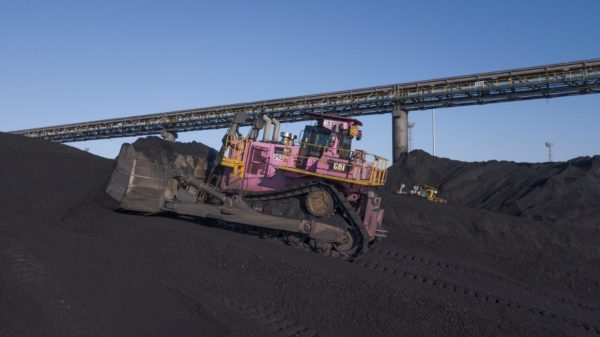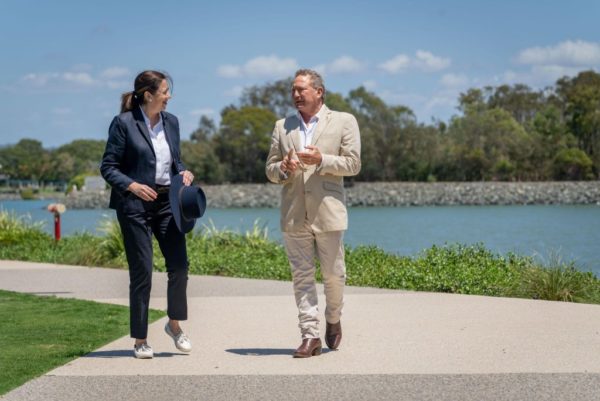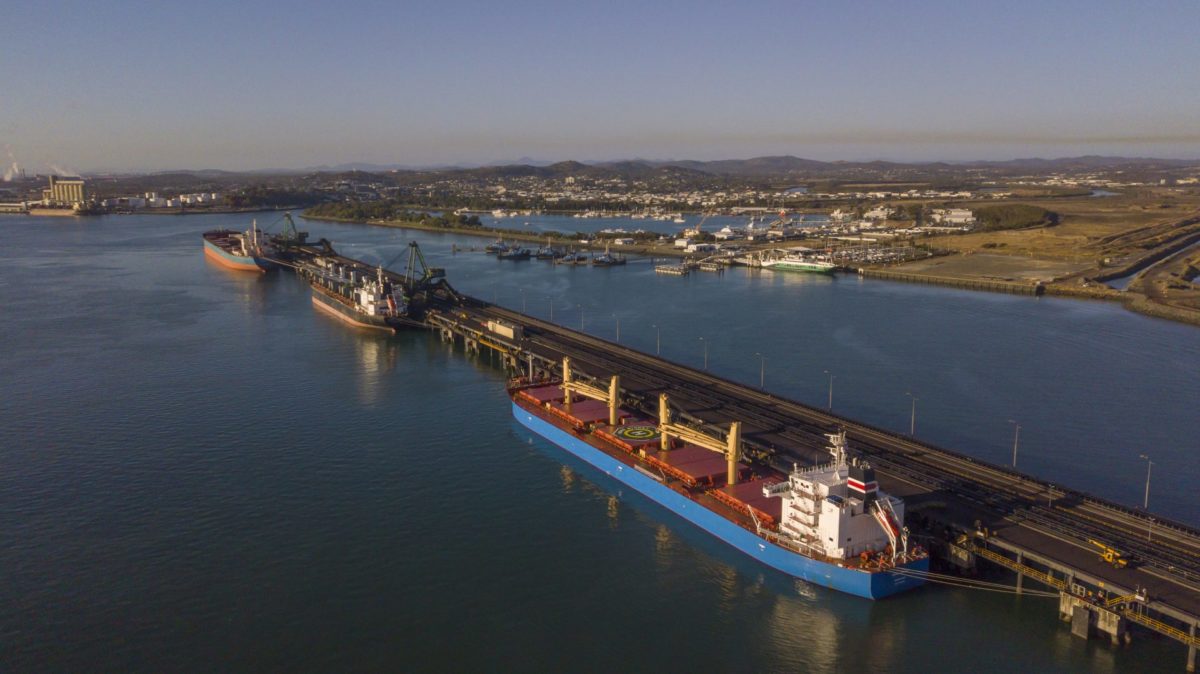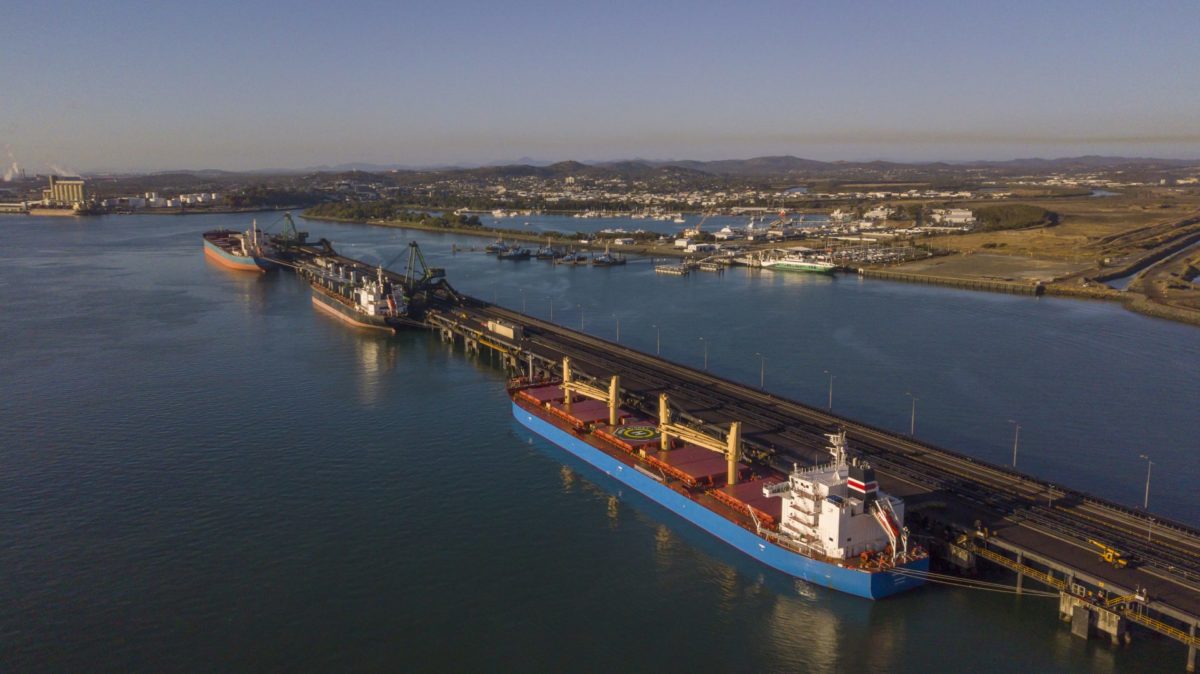Gladstone Regional Council has launched a 10-year economic transition roadmap outlining a plan to help the industrial centre to thrive in a decarbonising world, navigate the shift away from an economy tied to fossil fuels and manage the impacts associated with new energy industries.
Council said the Gladstone Region Economic Transition Roadmap will guide it on what is required to adapt to a rapidly changing energy sector and support a positive economic transition for its community over the coming decade.
“The Gladstone region is facing a major economic transformation as industries grapple with the decarbonisation of the global economy,” the report says. “The purpose of the roadmap is to inform and guide council on what is required to support the region to successfully adapt to a changing energy sector over the next decade, alongside other levels of government and industry.”
Developed in partnership with regional economic development agency, The Next Economy, the 166-page document is a result of two years of research and extensive engagement involving 220 community, government and industry stakeholders.
The Next Economy Chief Executive Officer Dr Amanda Cahill said the roadmap will position the Gladstone region, home to alumina smelters, liquified natural gas (LNG) and coal exports, and fossil fuel-fired power stations to respond to once-in-a-generation changes in the energy sector.
“This project is the first of its kind in Australia using an inclusive and interactive planning process to engage such a diverse group of stakeholders to tackle the challenges and opportunities of energy transition,” she said. “The roadmap will enable Gladstone Regional Council to lead and work with industry, government and the community to navigate changes on the horizon that directly impact the local economy.”
The roadmap identifies six key areas that the council could play a part in, including energy security, establishing a viable hydrogen industry, economic diversification, workforce development, community benefits and environmental protection.
Gladstone Region Mayor Matt Burnett said most of the roadmap’s recommendations centre around the council’s advocacy role, as well its connections with industry, the community, and other levels of government.
Burnett said council’s decision to endorse the roadmap will allow it to determine the region’s future, with council having already started to identify how they can integrate recommendations into other council plans, working out budget line items and staff.
“It places us in pole position to capitalise on the economic opportunities of new energy industries, while also ensuring our region maintains its industrial heritage and community vitality in a new transitioned economy,” he said.
“Council understands how vital it is to continue working with our communities and stakeholders to diversify the region’s economy for long term prosperity. This roadmap helps us determine what needs to be done to realise this vision.”

Image: Gladstone Ports Corporation
While other regions in Australia are also experiencing the impact of changes in the energy sector, the report suggests the Gladstone area is particularly vulnerable to the impacts of decarbonisation.
The region has an economic dependence on a range of carbon-intensive industries, including the production of alumina and aluminium, LNG, and is home to the coal-fired NRG Gladstone and Callide B power stations, both of which face potential closure within the next 10 years. The region also derives significant revenue from exporting fossil fuels with the port handling 25% of Australia’s LNG and 40% of its coal exports.
While the risks of a changing energy sector are significant given the region’s economic ties to carbon-intensive industries, the roadmap recognises it also enjoys several competitive advantages over other regions in the race to net-zero emissions. An existing industrial base, strong supply chains, a skilled workforce, and access to lucrative Asian markets through the port makes the region attractive to a range of new investors and industries.
“Gladstone’s existing industrial base and growing availability of low-cost renewable energy means that the region is also well positioned to benefit from the energy transition,” the report says. “There are opportunities to expand and diversify the region’s economic base and take advantage of opportunities such as green manufacturing and hydrogen production.”
The region is already attracting significant investment in renewable energy generation, green hydrogen and the manufacturing of renewable energy equipment. Fortescue Future Industries, a subsidiary of miner Fortescue Metals Group, has already gained planning approval to establish a 2 GW renewable energy infrastructure-manufacturing facility at Aldoga,

Image: FFI
Fellow mining giant Rio Tinto received offers to build more than 4 GW of solar and wind capacity in response to a formal market Request for Proposals as part of its plan to transition the energy needs of its three production assets in the Gladstone region – the Boyne smelter, the Yarwun alumina refinery and the Queensland Alumina refinery – to renewables by 2030.
The region is also on its way to becoming a green hydrogen mecca with several ambitious projects already in the pipeline, including Hydrogen Utility’s proposal to establish up to 3 GW in electrolysis plant, and up to 5,000 tonnes per day ammonia production capacity.
London-based Eco Energy World is planning a $500 million project combining a 300 MW solar plant with a 200 MW hydrogen plant and 100 MW of battery energy storage while Japanese trading giant Sumitomo Corporation has signed a signed a contract with an EPC for a solar-powered green hydrogen production plant in the regional centre.
Cahill said the roadmap will allow council to navigate the transition and maximise the benefits for the wider community.
“The Gladstone region is particularly well positioned to take advantage of new economic opportunities as we shift to new energy solutions, but we also need to plan ahead to manage the potential impacts on the regional economy, community and the environment,” she said. “We can shape these in ways that benefit all three.”
This content is protected by copyright and may not be reused. If you want to cooperate with us and would like to reuse some of our content, please contact: editors@pv-magazine.com.



